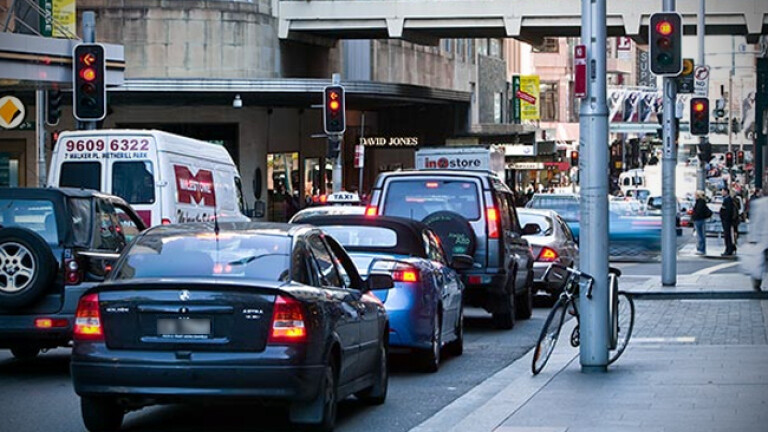
While the new O'Farrell Government in NSW burns the midnight oil to reorganise the state's Roads & Traffic Authority, motoring body NRMA has released its own strategy for tackling Sydney's clogged roadways.
NRMA Motoring & Services President Wendy Machin described the Decongestion Strategy as 10 steps "that are neither costly nor difficult to implement", designed to reduce the lengthy travel times through the city.
'While there is no doubt Sydney needs to build its missing motorways, we can also make life easier for motorists by adopting simple measures that don't cost billions of dollars," Ms Machin said.
"Our study shows that Sydney's motorways could be better utilised simply by changing the way they are managed, which is why we have asked the NSW Government to consider the proposals put forward by the NRMA."
Ms Machin said that the most important step is to appoint an anti-congestion Director within the RTA - a role that would cover nothing more than keeping Sydney moving.
The strategy outlines the need for a motorway management team, responsible for identifying issues, implementing effective responses and advising motorists to avoid certain roads when necessary.
"We need to give motorists more advance warning to avoid areas where traffic is heavy and do more to provide real time traffic information and variable speed limits in order to keep our city moving," Ms Machin said.
The NRMA's full 10-step strategy is outlined below.
10 ways to relieve Sydney traffic:
• The appointment of an anti-congestion Director to keep Sydney moving
• Development of a motorway management team designed to manage delays and/or incidents on a daily basis
• Appointment of more traffic signal staff to respond to delays or incidents on the road network
• Review parking restrictions on major roads – the last major review was undertaken in the lead up to the Sydney Olympic Games in 2000
• Faster clearance of traffic incidents; creating time-limits to clear incidents
• Provision of reliable and up to date information through the use of a dedicated traffic and transport radio network, proactively using variable messaging systems, providing live traffic leads via mobile and or email notifications daily
• Promote flexible working hours to reduce demand during peak hours
• Improve the forgotten transit lanes and highlight them using orange
• Remove traffic signs that give motorists the wrong information
• Adopt challenging performance measures to avoid motorists having to endure lengthy delays such as those experienced on the F3 freeway
What's your say? Would these steps help Sydney congestion at all? Do you have any other suggestions the Government should consider?

COMMENTS